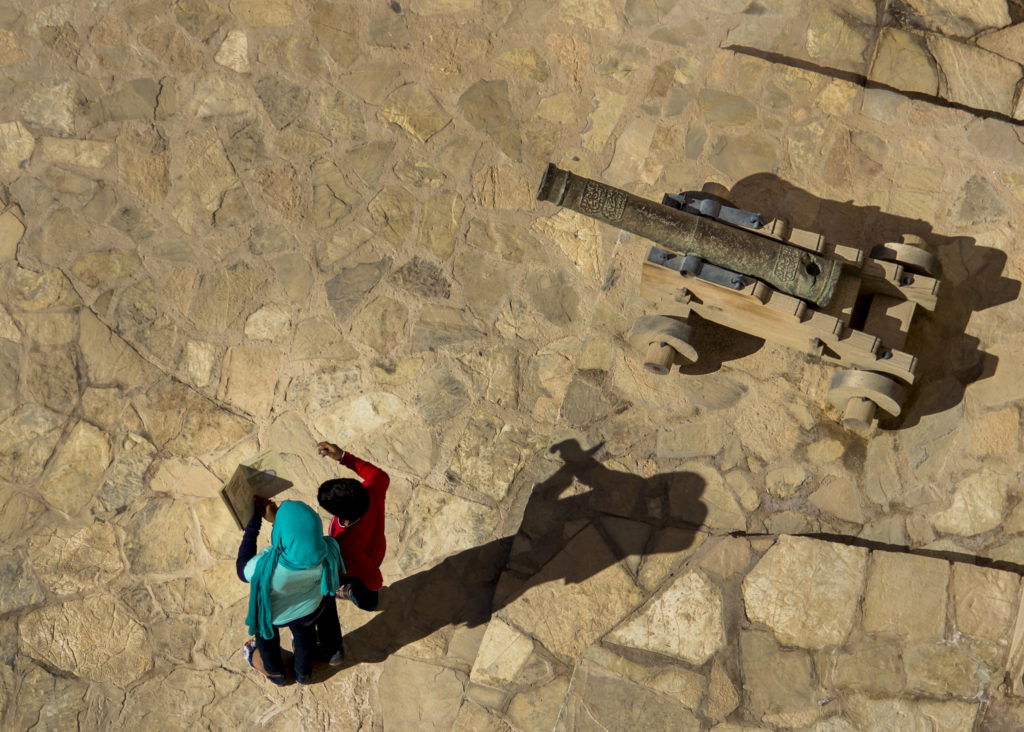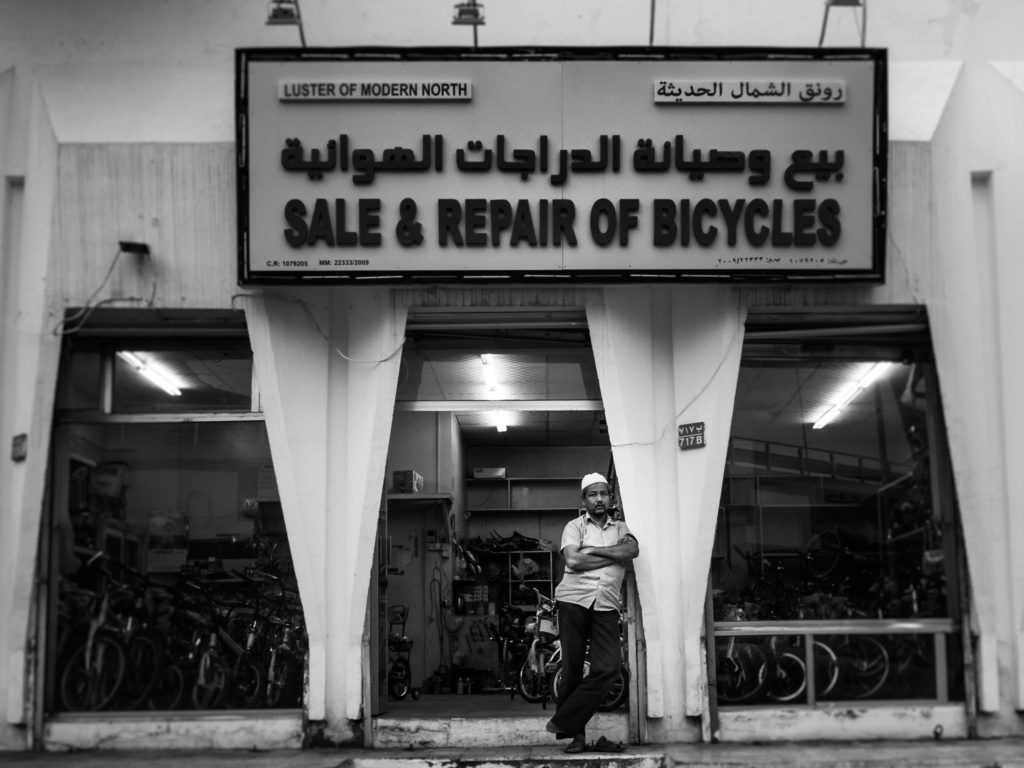What is street photography? There are many ways to describe and explain street photography, but honestly, I hate definitions. I think they limit your vision. And vision is essential.
To me, street photography is just documenting human life. Period. Candid or with permission? I don’t care. Color or black and white? It doesn’t matter. Street photography is about capturing the essence of humanity with your camera.

What is Street Photography? Select Your Vision: Learn the Basics
Starting out in street photography can be quite an overwhelming experience. A lot is happening all around you all at once. You don’t really know what you should capture and what you shouldn’t.
As a beginner, learn to use selective vision to overcome this anxiety. By looking only for specific things and letting everything else go, the street becomes much less intimidating, and allows you to capture moments and emotions that you might otherwise miss.
Of course, you’re not limited to one aspect of street photography. Once you know what to look for, you can experiment with whatever styles, techniques, and subjects you want. But simply knowing what to look for can be a daunting challenge for beginners.
As a starting point, look for the following subjects when you’re in the field. They may be the “basics” of street photography, but they will help you discover your own vision and open your eyes to the enormous potential that exists to capture the human element—the core of street photography.
Emotions or Expressions
The expressions on someone’s face or the emotions portrayed in their body language is what makes a photograph meaningful; it’s what creates the relationship that makes a photo speak to you. To capture feelings in a photograph that cause the same emotional reactions in its viewer is the goal of any photographer.
Steve McCurry’s Afghan Girl, a portrait of a young refugee during the Soviet occupation of Afghanistan, is a quintessential example of expressing emotion in a photograph. The immense amount of fear and loneliness behind the gorgeous eyes of Sharbat Gula makes you empathize with this young girl, living in the aftermath of war and occupation.
Street photography isn’t about just about sadness or negative emotions. There is a silver lining in this genre too. You can capture hope, happiness, and astonishment. However, never exploit someone to get a good shot. Always be ready to sacrifice your image instead of hurting, embarrassing, or exposing your subject.

Juxtaposition
It is one of the oldest catchphrases in this genre, but it has persisted for a reason. Juxtaposition is when two or more elements in a photograph communicate with each through contrast or by complementing each other. All masters use this technique in their photography to make people think about and make their own interpretation of an image.
In our day-to-day lives, we often don’t notice these juxtapositions. But a little observation and some anticipation will give you an opportunity to capture something that is unique and timeless. Capturing something that’s not visible to everyone is what makes street photography so special.
See how both the cannon and these school children are facing the same direction, like they’re both trying to solve the same problem, but in vastly different ways?

Humor or Satire
A little humor never hurts. Bringing a little smile to someone’s face with your image is the best reward you can get. It could be the most mundane thing—something we see everyday—but with a twist that brings a smile. Just remember, there is a fine line between being funny and ridiculing someone. Make sure everyone can enjoy your humor/satire without being embarrassed or offended.


Action
Capturing action at its climax is another thing you will find in abundance in this genre of photography. Of course, the challenge is to capture the action at its most epic moment.
Capturing action without much context creates a bit of unnecessary tension in your image. You want the viewer to think about where the moment started and where it was going to understand the decisive nature of the action.
You can vary your shutter speed to help direct your viewer. Use a slow shutter speed to create a sense of moment, or a fast shutter to freeze the action.



Specific Message or Story
Sometimes instead of independent techniques or elements, you can look for a specific story or theme in the field. Unlike landscapes or portraits, street photography can help you tell a story.
You can capture a single moment that can send a message on its own or build a series of images to create a story. Your images can be in specific sequence or they can show different angles of the same story.
Looking for the previous subjects—emotion, action, etc.—will help you recognize and retell your story.
For example, last summer I visited the Northern Province of Pakistan, which was badly affected by an earthquake in the last decade and suffers daily from terrorism. Despite the difficulty of daily life, the children there were hopeful that their lives could return to normal. I shot a small series of images for that specific story as a tribute.



Develop Your Style: Learn From the Masters of Street Photography
Inspiration can be evasive; style, illusive. Don’t be afraid of a little imitation in the beginning (it is the highest form of flattery!). Using the work of professional street photographers as a model is a great way to learn and to develop your own style as a street photographer.
Look at the work of classic street photographers like some of my favorites: Steve McCurry, Henri Cartier-Bresson, Benjamin Lowy, and Eric Kim (and read this interview with Eric). Try to determine what makes these photographers masters of their trade. Study their photography and see how you might incorporate their ideas and techniques into your own style.
Benjamin Lowy has a very creative series of photographs in which he tried to show the point of view of US soldiers in the conflict zone by shooting images from a HUMVEE during the Iraq war. I used this concept to capture a series of images from my car side mirror. By emulating Lowy’s vision, I came up with my own unique project.
Style is something that you can’t develop deliberately. But as you study the masters, you’ll soon see yourself leaning towards certain techniques and subjects. As you expand your knowledge of street photography and progress in your practice, your style will develop naturally.


Determine Your Technique: Understand the Genre of Street Photography
Why is 90% of all street photography in monochrome? Does it have to be black and white all the time? Why do photographers like that film grain look for their photos?
Street photography began in a time with limited technology and photography equipment. Black and white was all they had. Shooting on film with a high light sensitivity created a lot of noise. So black and white, grainy photos feel authentic to this genre.
Street photography still has a lot of limitations today that forces photographers to go for the monochrome option. Often, you have no control of your background, for example. You may find lots of distractions that you can’t eliminate in color. Black and white helps suppress the impact of busy backgrounds.
This doesn’t mean you have to shoot in black and white. Photographers like Steve McCurry have proved that street photography works magic in colors too.
Back in the day, photographers used fast films to shoot action, which caused grainy photos. The same holds true today: using a high ISO to photograph action can cause a lot of noise in your images. But in street photography, capturing the moment is more important than avoiding a grainy photo.
Then of course, there’s the age-old question: what camera should I use? Should I go with a 50mm or 35mm or 24mm lens? The answer: it doesn’t matter. Whatever camera you have, you can use to do street photography. Camera bodies and lenses don’t make that much difference. I have been shooting with Canon 600D DSLR as well as Fujifilm X20 compact camera. They both serve the purpose well.
The most important thing is to always carry a camera. You never know when you’ll encounter some beautiful moment in time. Always remember: ‘The best camera is the one that is with you when you want to capture the moment’.


6 Quick Tips to Get You Going.
-
- Slow down. This is the best advice I can give you as far as street photography is concerned. Don’t rush it. Walk for a while, just observing your surroundings. When you come across a place where some action or activity is happening, stay there for a while. Observe and anticipate.
- Don’t worry with definitions. I believe art is subjective. It shouldn’t be bound in rules and restrictions. Don’t bother too much about “what is street photography”, just shoot what you like. Shoot candid, with permission, from the hip, or any other way.
- Don’t bother yourself with technicalities. Use your camera’s automatic features as much as you can. Cameras these days are very intelligent and you don’t have to go manual. Concentrate on the aesthetic and conceptual part rather than the technical.
- Enjoy the process. Don’t stress if you’re not getting decent shots all the time. Try to enjoy the process. Consider getting shots as a secondary result. Talk to people. Say thanks and smile. Try to learn from their experiences.
- Be courteous. Just because you have a camera in your hand doesn’t gives you license to invade people’s privacy. Always smile and be ready to delete an image if asked.
- Get your contact information ready. Bring your business cards with you to give to people you photograph. Offer to email your subjects the pictures if they want. People shouldn’t think you have some sinister agenda with their photographs. Plus its a joy to share your work with others. After all, street photography is about capturing humanity. What better way to celebrate that than to let everyone enjoy your photography?

So, What is Street Photography?
Street photography is a beautiful, spontaneous art form. It requires patience and a lot of luck to get good and meaningful shots. But its unpredictability is what makes it appealing and rewarding. Like any creative field, street photography has some time-tested criteria, but remember: rules are meant to be broken. Once you understand the heart of street photography, you can unleash your creativity to make street photography your own.

